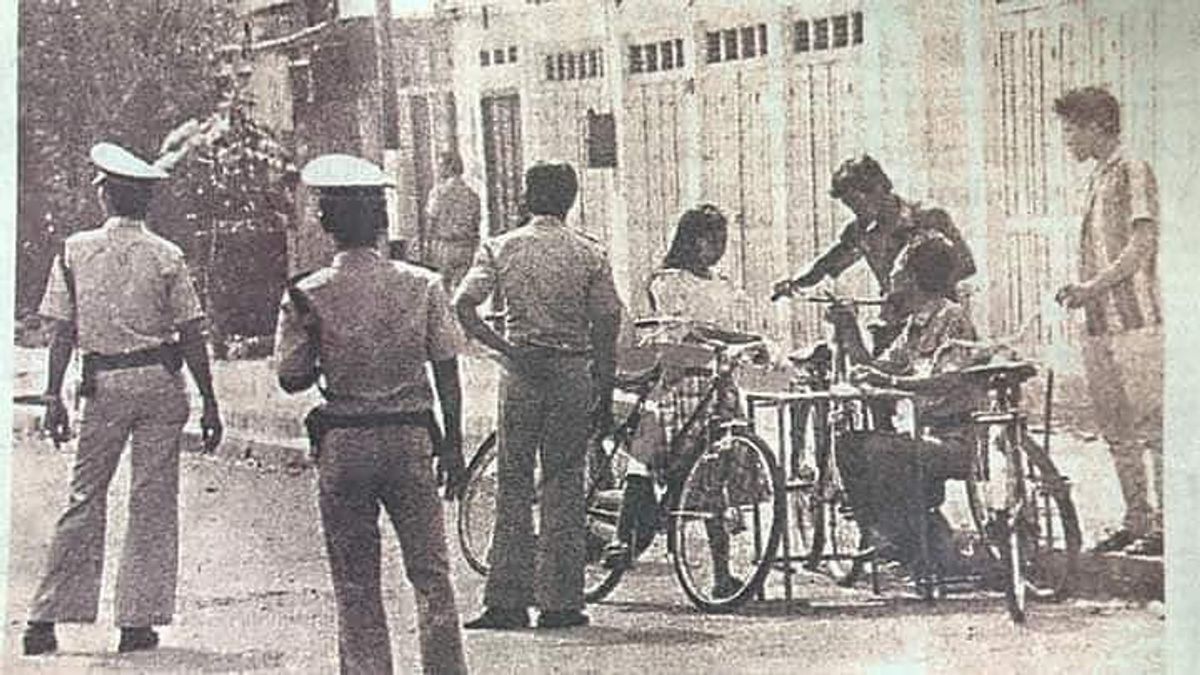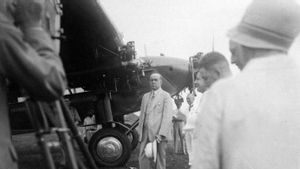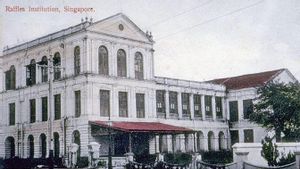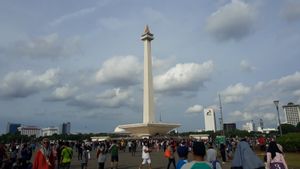JAKARTA - Bicycles were once popular as superior transportation in the archipelago. People call the presence of bicycles that are often dubbed 'wind trains' as symbols of modernity. This existence made the Indonesian government continue its agenda of withdrawing taxes on bicycles from Dutch colonialists. "It's important," he said.
The tax withdrawal agenda lasts from Indonesia's independence. The presence of the bicycle tax is also proof that cyclists are building the country. It is also a form of proof that the Indonesian government once recognized bicycles as a reliable means of transportation.
The presence of bicycles was greeted with great fanfare. The wind train was first known in the era of the Dutch colonial government, or in the 1880s. All kinds of ethnic groups in the archipelago considered bicycles a symbol of the progress of the times. However, not all of them can have it.
Bicycles at that time became expensive goods. They are also considered as symbols of wealth. Those who are classified as rich and very much can access bicycles. The narrative made the whole archipelago attracted to own a bicycle, even though it was just a dream.
Everything changes when bicycles with various brands invade the archipelago. Bikes are then able to be bought by priyayi and at their level. Even though the bicycles in circulation are not comfortable to use like today's era.
Brands that were in great demand at that time were limited toongers, Batavus, Sparta, Gazelle, Humber, Phillips,men, Goricke, and Fahrrad. The bicycles were imported directly from various parts of the world. From Europe to the United States.
The colonial government did not want to lose. Bicycles are an important inventory in the government. Bike echoes are also widespread in big cities. That power makes bicycle sales soar. Those who own bicycles will certainly be proud. Moreover, among the natives. The derajat of the natives will rise because they own bicycles.
The bicycle is a symbol of modernity for the people in the Dutch East Indies. This was marked by the use of inner bicycles and outside the studio to be immortalized, as evidence of modernity for almost all people in the Dutch East Indies. A photo collection of KITLV Leiden estimated to have been made in the 1920s shows five Bumiputra youths styling on a bicycle.
SEE ALSO:
Two people were in a sitting position and three stood up. The man in the middle was holding a bicycle. The five youths wore caps, a light-colored pantalon. Everyone wore dark caps. The three men who stood wearing shoes, while the two men who sat supine without footwear. The man sitting on the left side of the photo was seen wearing a cloth or batik-motivated pants. According to the information accompanying the photo, they posed in Rafflesplein (Rangles field) in front of the Bengkulu resident's residence, "explained historian Achmad Sunjayadi in his writings in Kompas Daily entitled Melaju and Berpose by Angin Train in the Dutch East Indies (2022).
The colonial government did not just look at the existence of bicycles on the streets of the archipelago. The idea to perpetuate the bicycle tax is applied. Anyone who owns a bicycle must pay a certain amount of money.
The existence of bicycles began to be glimpsed by the colonial government. The owner of the power of thought he could take advantage of cyclists. Cycling taxes were also rolled out for development. This condition also took place in the Japanese era of power. However, Japan made the money peneng actually for war funds.
Bicycle tax is not forgotten when Indonesia became independent. Peneng money continues to be perpetuated. Bicycles are considered still the prima transportation of donna. Moreover, car and motorcycle owners are still relatively few. Like it or not, bicycles are being hunted.
The Indonesian government collects bicycle taxes like contemporary motorcycle taxes. The tax is paid annually for regional development. At the beginning of the year people used to line up with bicycles to pay taxes at City Hall, or other places.
Even the taxes rolled out in the 1950s are different from one region and another. From Rp. 30 to Rp. 50. Those who pay will later be affixed with bars in front of bicycles. The function of the bullion is to distinguish which ones have paid and which ones have not.
Anyone who has paid will be free from raids. While those who have not paid the pengeng will be subject to raids. The sanction is to pay the fine. This condition lasted until the 1970s. After that, the bicycle tax began not to be looked at and replaced by taxing other transportation.
'Bicycle owners in the 1950s were required to pay taxes every year. If they paid, each bicycle was given a peneng (from Dutch penning or dues) which was affixed to the face of the bicycle.'
People, especially school children, queued up with their bicycles at the town hall (or haminte) on Jalan Kebon Sirih to pay peneng. This proves that the people at that time were relatively more disciplined than the times after. At least pay bicycle taxes," said Firman Lubis in the book Jakarta 1950-1970 (2018).
The English, Chinese, Japanese, Arabic, and French versions are automatically generated by the AI. So there may still be inaccuracies in translating, please always see Indonesian as our main language. (system supported by DigitalSiber.id)















